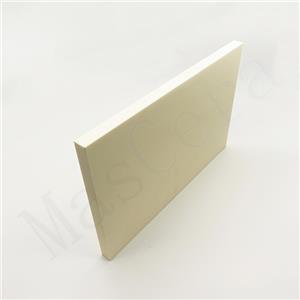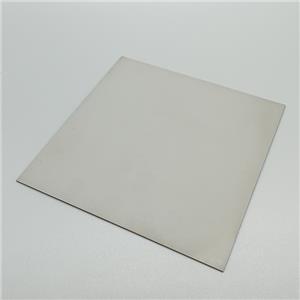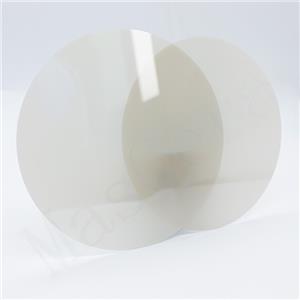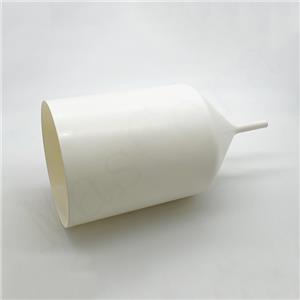The core advantages, properties and process technology of ceramic substrates
Ceramic substrates play a vital role in the field of electronics due to their significant advantages such as high thermal conductivity, excellent insulation properties, and thermal conductivity. However, what are the prominent advantages of ceramic substrates compared to ceramic wafers?
1、Difference between Ceramic Substrates and Ceramic Wafers
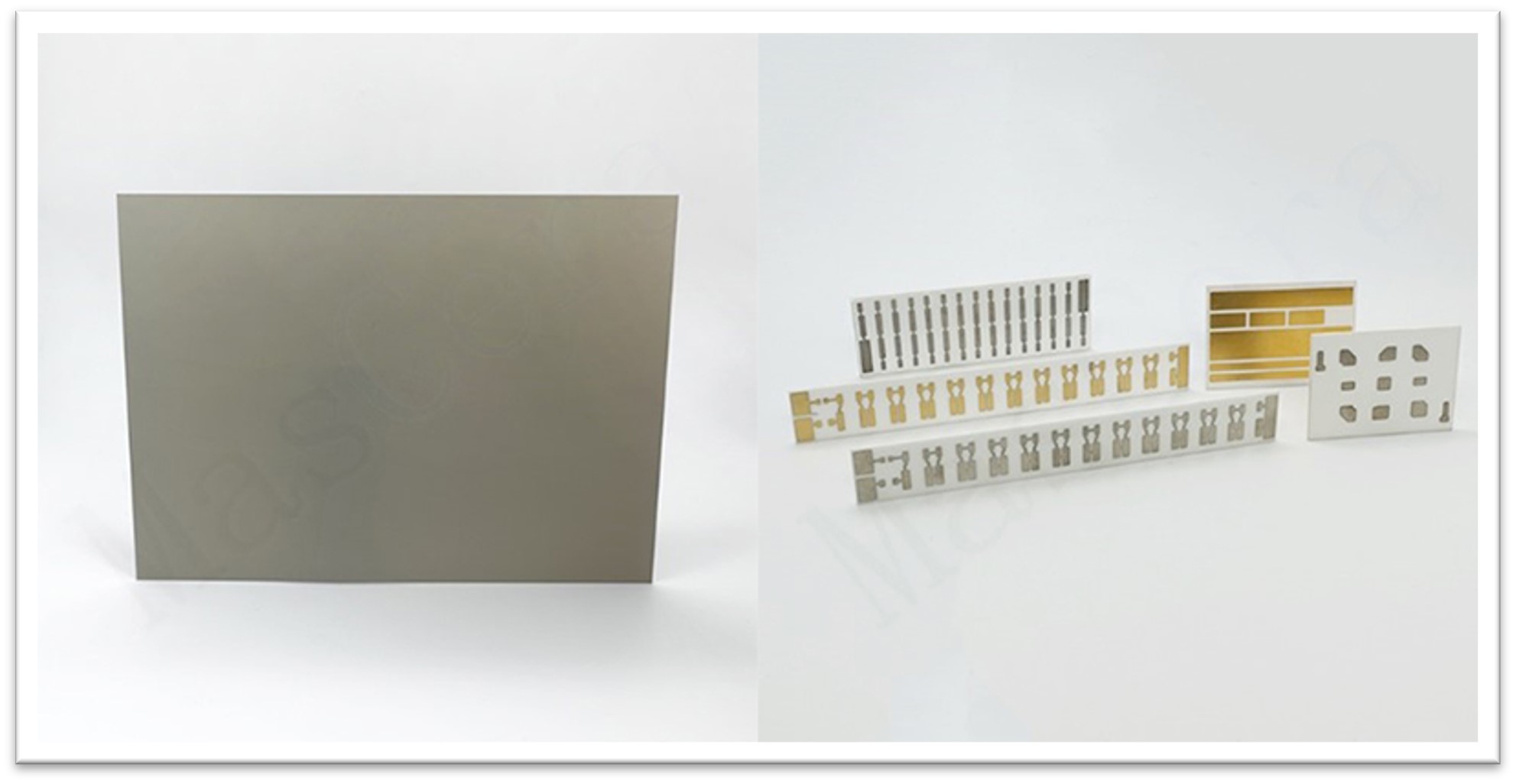
Ceramic wafers serve as flat materials providing a supportive base for film circuit elements and surface-mounted components on an electronic ceramic base.
On the other hand, ceramic substrates involve a specialized process where copper foil is directly bonded to the surface of a ceramic wafer (single-sided or double-sided) at high temperatures. The resulting ultra-thin composite substrate exhibits excellent electrical insulation, high thermal conductivity, outstanding solderabilty, high adhesion strength, and can be etched with various patterns similar to PCBs, thus possessing significant current-carrying capacity. Therefore, ceramic substrates have become fundamental materials for high-power electronic circuit structural and interconnection technologies.
2、Core Advantages of Ceramic Substrates
Ceramic substrates exhibit strong mechanical stress resistance and shape stability, high strength, thermal conductivity, and insulation, along with strong bonding and corrosion resistance. They offer excellent thermal cycling performance and high reliability, allowing the etching of various patterns similar to PCBs (or IMS substrates). Ceramic substrates are non-polluting and environmentally friendly.
3、Properties of Ceramic Substrates
(1)Mechanical Properties
Sufficiently high mechanical strength allows for use as support components besides mounting elements, with good machinability and high dimensional accuracy.
(2)Electrical Properties
High insulation resistance and breakdown voltage, low dielectric constant, and minimal dielectric loss ensure stable performance under high temperature and humidity conditions, ensuring reliability.
(3)Thermal Properties
High thermal conductivity, matching thermal expansion coefficients with related materials (especially with Si), and excellent heat resistance.
(4)Other Properties
Excellent chemical stability, easy metallization with strong adhesion for circuit patterns, non-hygroscopic, oil-resistant, chemical-resistant, low X-ray emission, non-toxic, and the crystalline structure remains unchanged within the operating temperature range.
4、Ceramic Substrate Manufacturing Techniques (HTCC, LTCC, DPC, DBC, AMB)
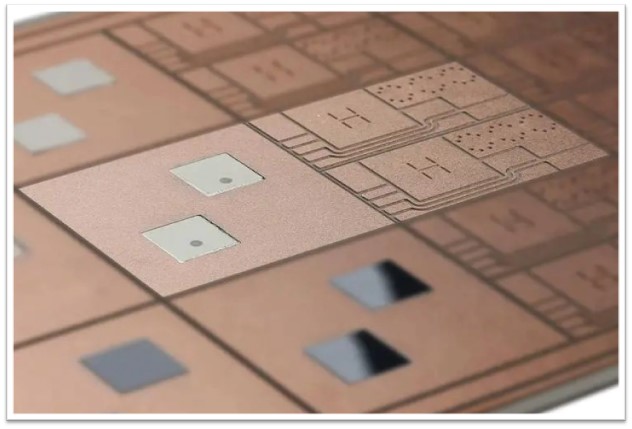
Ceramic substrates are primarily classified into flat ceramic substrates and three-dimensional ceramic substrates based on manufacturing processes. Major flat ceramic substrate technologies include Thin Film Ceramic (TFC), Thick Film Printed Ceramic (TPC), Direct Bonded Copper (DBC), Active Metal Brazing (AMB), and Direct Plating Copper (DPC). Major three-dimensional ceramic substrates include High-Temperature Co-fired Ceramic (HTCC) and Low-Temperature Co-fired Ceramic (LTCC).
(1)HTCC (High-Temperature Co-fired Ceramic)
Developed earlier, HTCC involves co-firing ceramic with high melting point metal patterns such as W, Mo to obtain multi-layer ceramic substrates. However, its high sintering temperature limits electrode material selection, and the production cost is relatively high, which prompted the development of LTCC.
(2)LTCC (Low-Temperature Co-fired Ceramic)
LTCC lowers the co-firing temperature to about 850°C, stacking and co-firing multiple ceramic film layers with metal patterns to achieve three-dimensional circuit wiring. LTCC excels in passive integration and finds wide application in various markets such as consumer electronics, communication, automotive, and defense.
(3)DPC (Direct Plating Copper)
Developed based on ceramic film technology, DPC deposits copper onto ceramic substrates using sputtering technology and forms circuits through electroplating and photolithography processes.
(4)DBC (Direct Bonded Copper)
DBC utilizes thermal fusion bonding to directly bond copper foil to Al2O3 and AlN ceramic surfaces, forming composite substrates. Its technological bottleneck lies in addressing the challenge of microvoids between Al2O3 and copper foil, posing significant challenges to mass production and yield.
(5)AMB (Active Metal Brazing)
Based on DBC technology, AMB achieves heterogeneous bonding between ceramic and metal using AgCu solder paste containing active elements Ti, Zr, facilitating wetting and reaction at the ceramic-metal interface at around 800°C.
Among the five major processes mentioned, both HTCC and LTCC belong to sintering processes, which generally incur higher costs. Conversely, DBC and DPC are relatively recent, matured developments geared towards mass production, with DBC employing high-temperature heating to bond Al2O3 with Cu substrates. However, a significant technical challenge with DBC lies in addressing the occurrence of microvoids between Al2O3 and Cu, impacting the scalability and yield rates of the product. On the other hand, DPC technology utilizes direct copper plating to deposit Cu onto Al2O3 substrates, integrating materials and thin-film processing techniques. DPC-based products have become the most commonly used ceramic heat dissipation substrates in recent years. Nevertheless, the demanding requirements for material control and process technology integration pose higher entry barriers for entering the DPC industry and achieving stable production.
In comparison to traditional products, AMB ceramic substrates achieve higher bond strength and better reliability through chemical reactions between ceramic and active metal solder paste at high temperatures. This makes them highly suitable for scenarios requiring high-performance connections or high-current carrying and heat dissipation requirements, particularly in industries such as new energy vehicles, rail transportation, wind power generation, photovoltaics, 5G communication, where demand for AMB ceramic copper-clad laminates is significant.
XIAMEN MASCERA TECHNOLOGY CO., LTD. is a reputable and reliable supplier specializing in manufacturing and sales of technical ceramic parts. We provide custom production and high precision machining for a wide series of high performance ceramic materials including alumina ceramic, zirconia ceramic, silicon nitride, silicon carbide, boron nitride, aluminum nitride and machinable glass ceramic. Currently, our ceramic parts can be found in many industries like mechanical, chemical, medical, semiconductor, vehicle, electronic, metallurgy etc. Our mission is to provide the best quality ceramic parts for global users and it is a big pleasure to see our ceramic parts work efficiently in customers' specific applications. We can cooperate on both prototype and mass production, welcome to contact us if you have demands.

